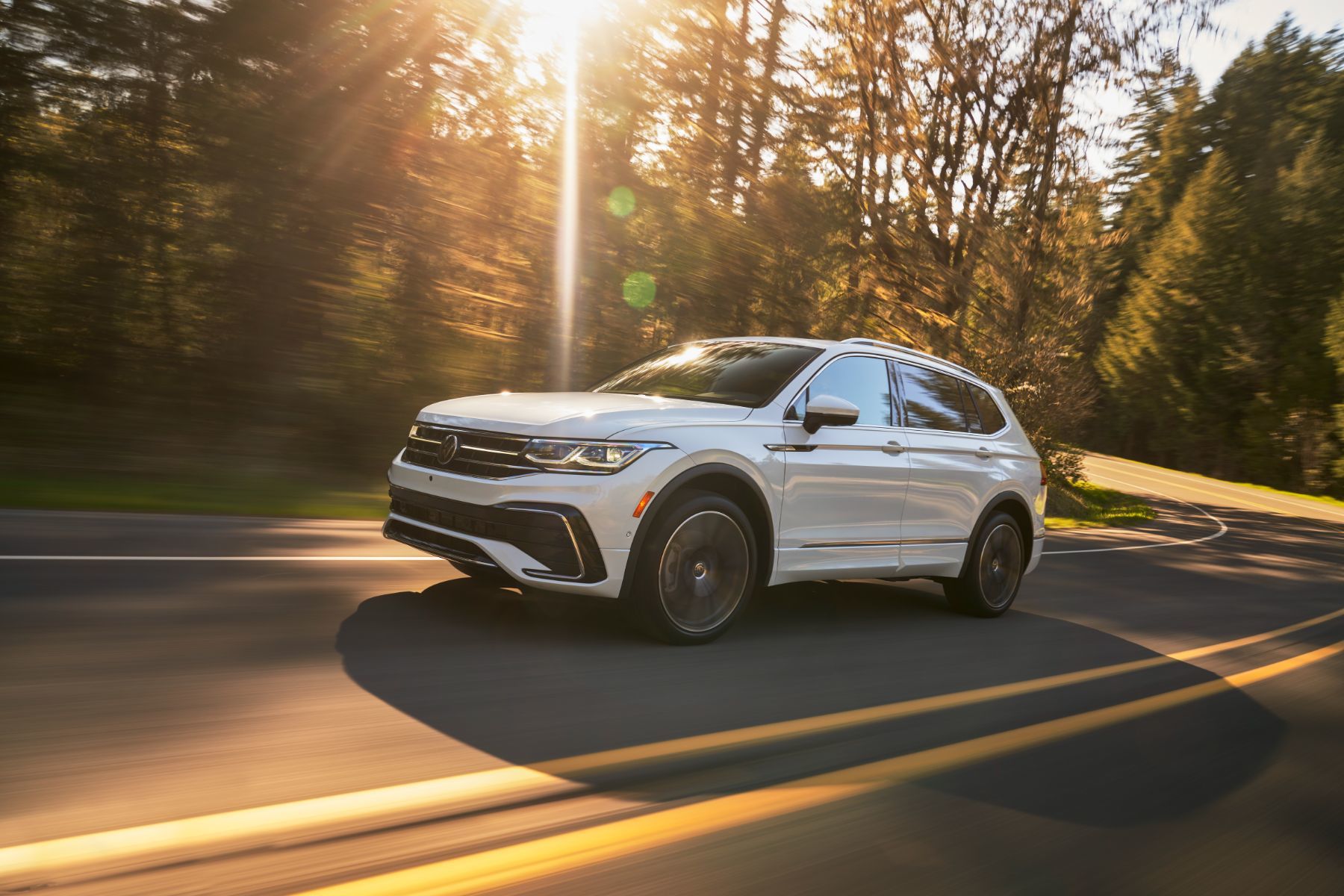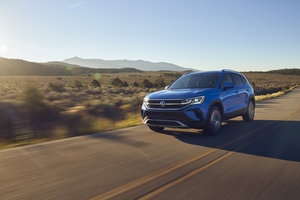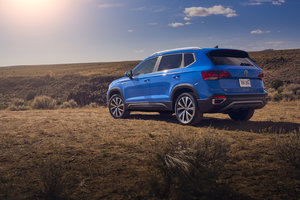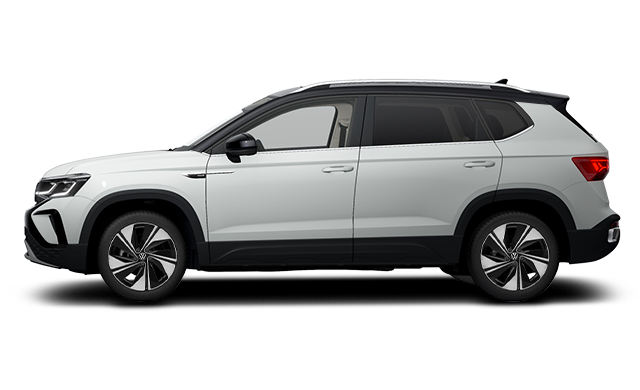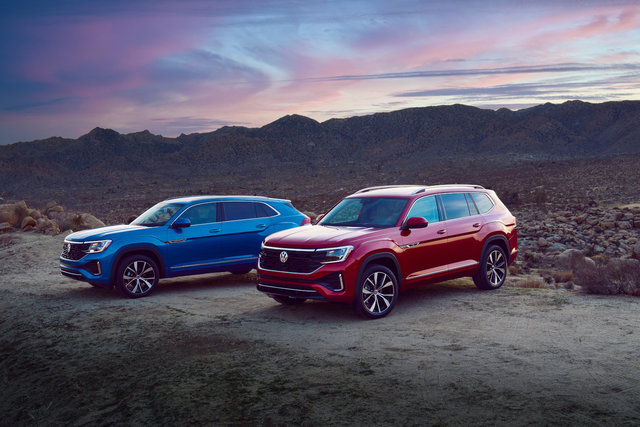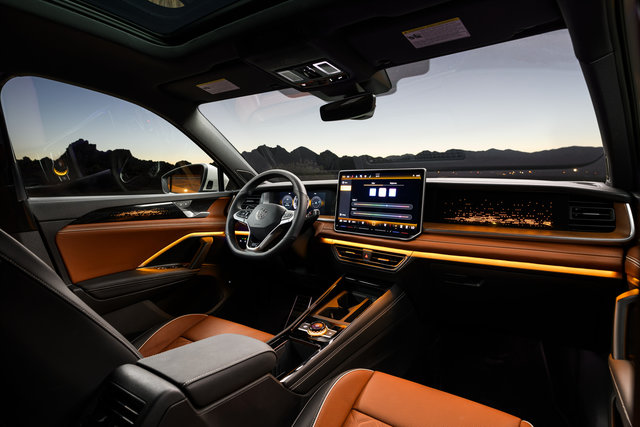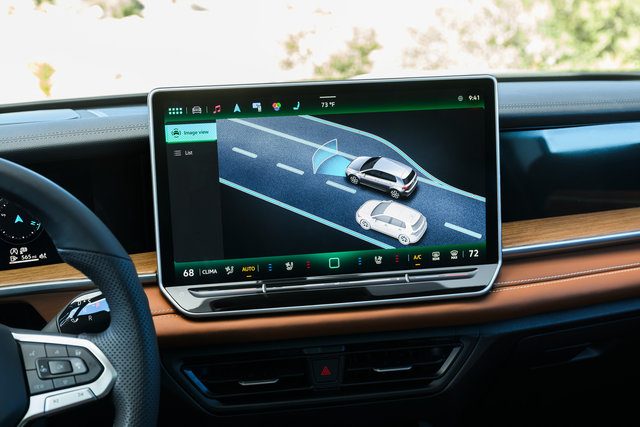Choosing between the 2024 Volkswagen Taos and the 2024 Volkswagen Tiguan can be challenging for buyers in Toronto. Both vehicles showcase Volkswagen's dedication to performance, comfort, and advanced technology, but their differences cater to distinct needs and preferences. This comparison highlights seven crucial differences to help you make an informed decision.
- Engine Performance and Power
The 2024 Volkswagen Taos is equipped with a 1.5-litre turbocharged engine that produces 158 horsepower and 184 pound-feet of torque. This engine is designed for efficiency and responsive driving in a compact SUV format. On the other hand, the 2024 Volkswagen Tiguan features a 2.0-litre turbocharged engine delivering 184 horsepower and 221 pound-feet of torque. The Tiguan’s more powerful engine caters to those seeking a robust driving experience in a slightly larger vehicle.
- Fuel Economy
Fuel efficiency varies between the two models due to their different engines. The Taos offers better fuel consumption rates with 9.9 L/100 km in the city and 7.5 L/100 km on the highway. In comparison, the Tiguan has a fuel consumption of 10.9 L/100 km in the city and 8.1 L/100 km on the highway. Despite these differences, both models are efficient, especially when equipped with Volkswagen's 4Motion all-wheel drive system.
- Interior Space and Comfort
Interior dimensions reveal significant differences between the two models. The Taos, although smaller, offers more front headroom ranging from 1,003 to 1,034 mm, making it ideal for taller passengers. Both models provide similar front legroom, with the Taos at 1,019 mm and the Tiguan at 1,021 mm. The Tiguan offers slightly more front shoulder room at 1,448 mm compared to the Taos’ 1,435 mm. In the rear, the Taos surpasses with more headroom and legroom, providing 986 to 1,011 mm of rear headroom and 963 mm of rear legroom.
- Cargo Capacity
Cargo space is another distinguishing factor. The Tiguan offers more versatile cargo space, especially with the second-row seats folded down, providing between 1,860 and 2,081 litres of total volume. The Taos, while smaller, offers a competitive 1,866 litres of total cargo space, proving to be one of the most spacious options in the compact SUV segment. Behind the second row, the Taos offers 790 litres compared to the Tiguan’s 934 to 1,065 litres.
- Seating and Passenger Accommodation
One of the key features of the Tiguan is its available third row, which allows it to accommodate up to seven passengers, a rare feature in its class. This makes the Tiguan a better choice for larger families or those who frequently need to transport more passengers. In contrast, the Taos is a two-row SUV, which limits its passenger capacity to five but offers ample space for all occupants.
- Standard and Optional Equipment
Both the Taos and Tiguan come with a range of standard features such as heated front seats, a heated steering wheel, and a 6.5-inch LCD screen with Android Auto and Apple CarPlay integration. However, the Tiguan, with its higher price point, includes more advanced standard features and options, reflecting its positioning as a more premium offering within the Volkswagen lineup.
- Pricing
Price is a critical consideration when choosing between these two models. The Taos has a lower starting price, which reflects its compact size and front-wheel-drive configuration. In contrast, the Tiguan comes at a higher base price but includes standard 4Motion all-wheel drive. This pricing difference makes the Taos a more budget-friendly option, while the Tiguan offers more features and capacity for those willing to invest more.
Conclusion
In summary, the 2024 Volkswagen Taos and the 2024 Volkswagen Tiguan cater to different needs and preferences. The Taos is ideal for those seeking a compact, efficient, and budget-friendly SUV with ample interior space. Meanwhile, the Tiguan is suited for buyers who require more power, versatile cargo capacity, additional passenger seating, and advanced features. Understanding these key differences will help you choose the model that best fits your lifestyle and requirements.




